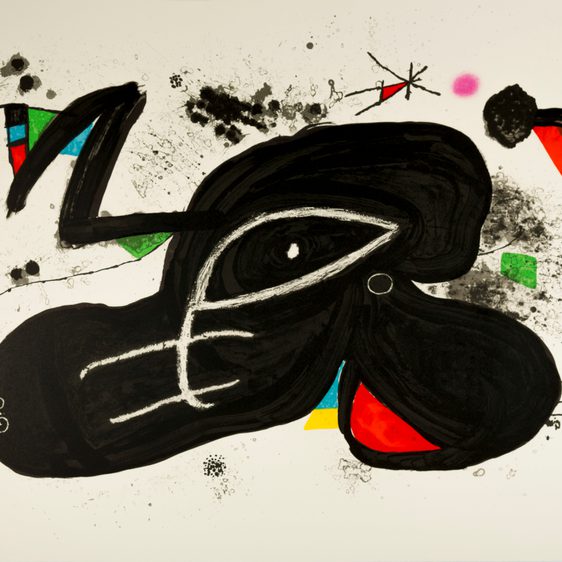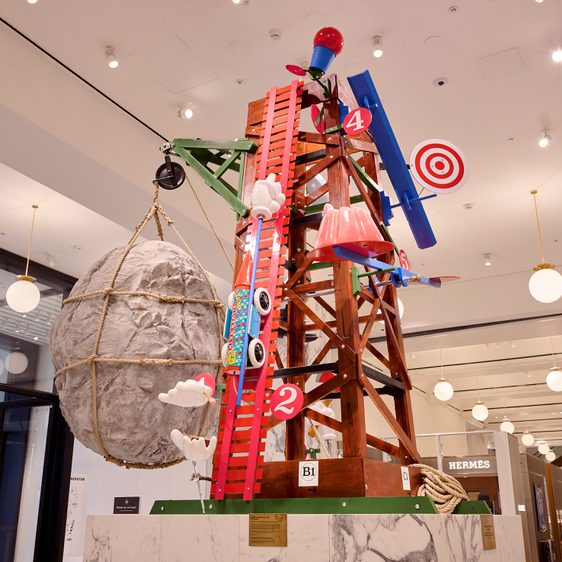
Tony Cragg: A Rare Category of Objects
– Garden Gallery, Outdoors, Underground GalleryAbout Tony Cragg: A Rare Category of Objects
This dizzyingly innovative exhibition makes the perfect centrepiece for YSP's 40th anniversary celebrations
The biggest UK exhibition to date by leading sculptor Tony Cragg closed on 3 September 2017. New sculptures, drawings and works drawn from nearly five decades of Cragg’s practice surveyed and demonstrated the artist’s pioneering and continued mastery of materials in the Underground Gallery and open air.
A ‘radical materialist’, Cragg defines sculpture as a ‘rare category of objects’, and takes a taxonomic approach to his own practice, something which was reflected in the exhibition. The wit and will to analyse the properties of all of the planet’s resources and use them to make new things is unique to human beings, along with the intuition to sort, order and categorise the things that exist and that we bring into existence.
Cragg’s extraordinary career has its roots in a fascination for, and exploration of, the possibilities of the material world, which he considers to be ‘the huge storeroom [in which] lie the keys to essential processes and explanations of our existence’. Cragg’s artistic practice developed from drawings he made to document experiments whilst working as a lab technician at the National Rubber Producers Research Association (1966–68). He went on to study at London’s Wimbledon School of Art and the Royal College of Art and during two summer vacations worked nightshifts in a foundry that manufactured components for engines. The combination of art and the experience of the physical transformation of materials through industrial processes is the cornerstone of Cragg’s practice.
From the small scale to the monumental, Cragg’s prolific practice is the outcome of a constantly questioning and experimental symbiotic process of thought and manual making, which always starts with drawing. With the support of his studio, Cragg makes his sculptures by hand, each evolution of thought taking form and inspiring the next. His intuition to sort and categorise, evident in his childhood fossil collection, is expressed in the significant early stacked series in which the accumulated content of his studio, including stones, wood, and books, are formed into geological-like sculptures. This important strand of his practice was shared through the extraordinary sculpture Minster.
A thoughtful show illuminates an artist poised between the abstract and the figurative
- Financial TImes
A new important aspect of Cragg’s work evolved in 1977 when he began to collect plastic objects washed up along the river Rhine, after moving to Wuppertal, Germany, where he continues to live, work and teach at the nearby Kunstakademie, Dusseldorf. This, and other seminal moments, were revealed in the first room of the Underground Gallery. Recent and new sculpture in the huge central gallery and open air reflected the evolution of Cragg’s important career and demonstrated that he is an artist in full command of his chosen discipline.
Watch Tony Cragg on Bloomberg 'Brilliant Ideas'
Download the Tony Cragg Family Activity Leaflet
Download the Tony Cragg Family Talking Together Card
This show is a must for any addict of form. As an artist who aligns himself within the sculptural paradigm it is both breath taking and somewhat overwhelming
- a-n









